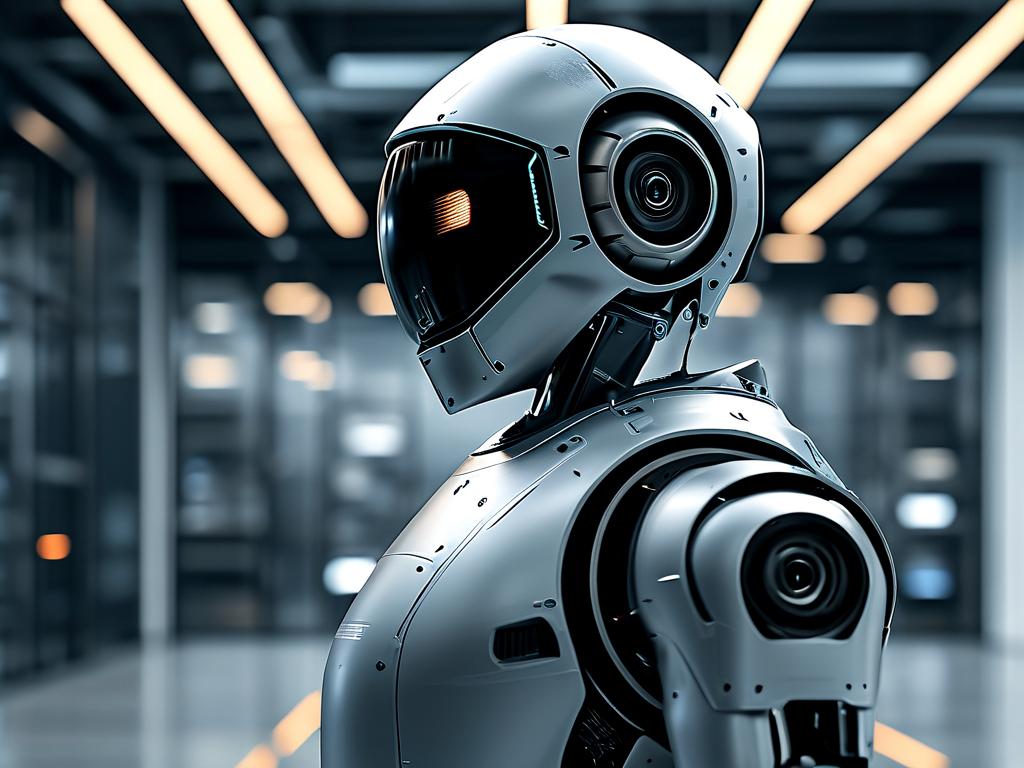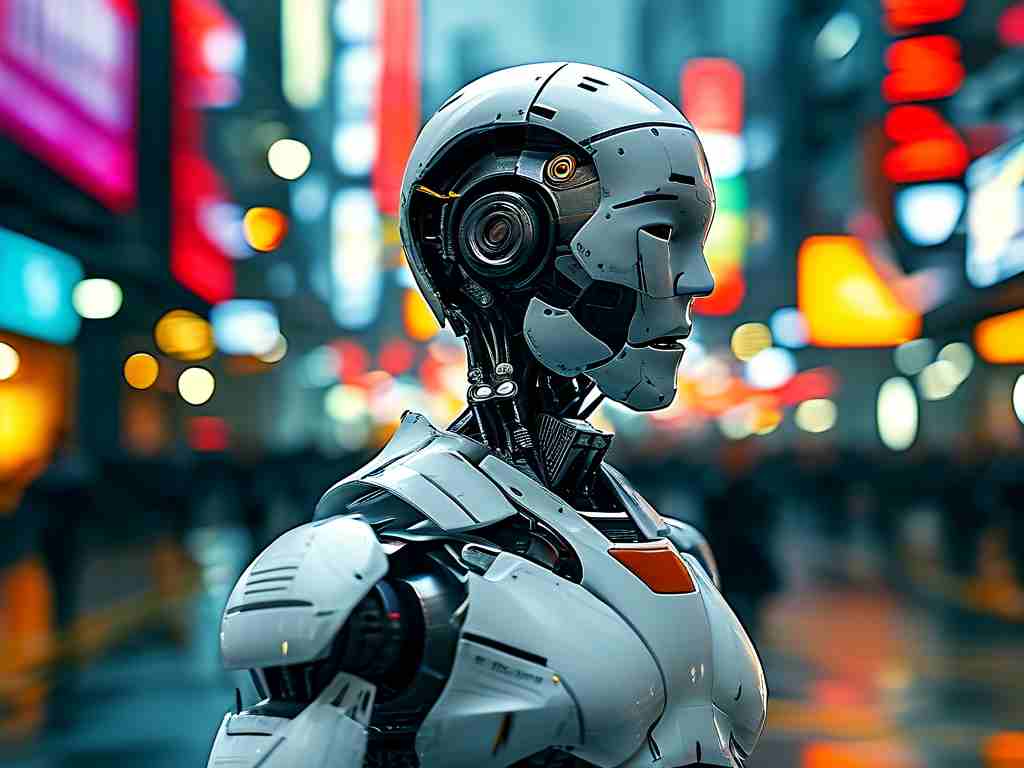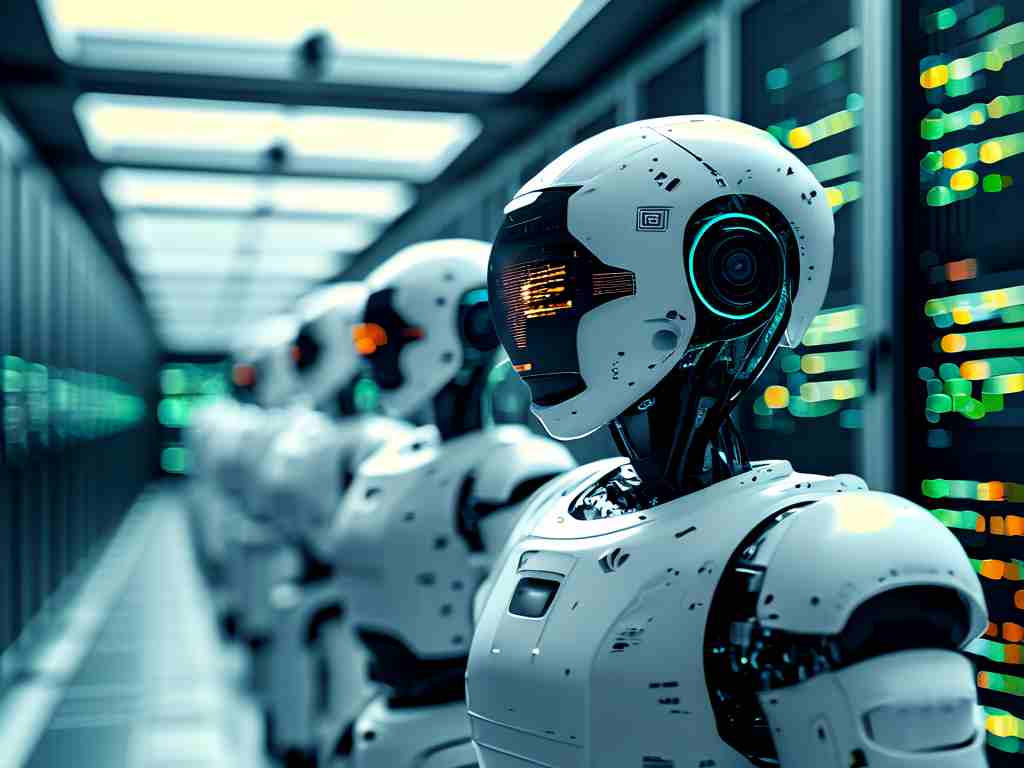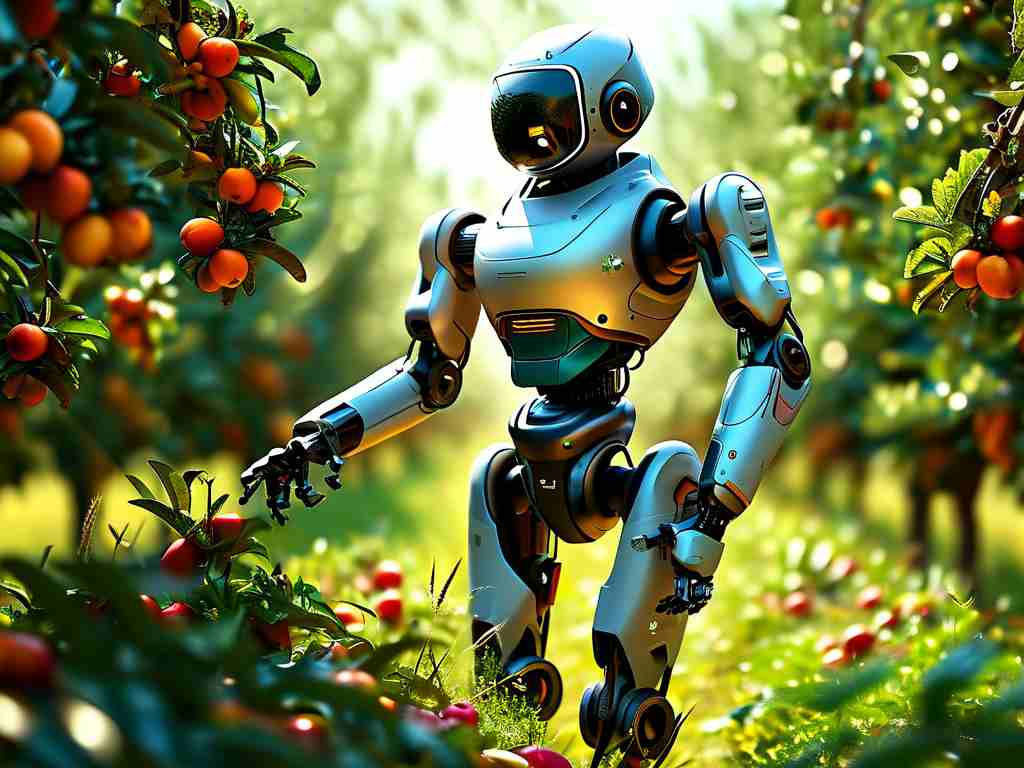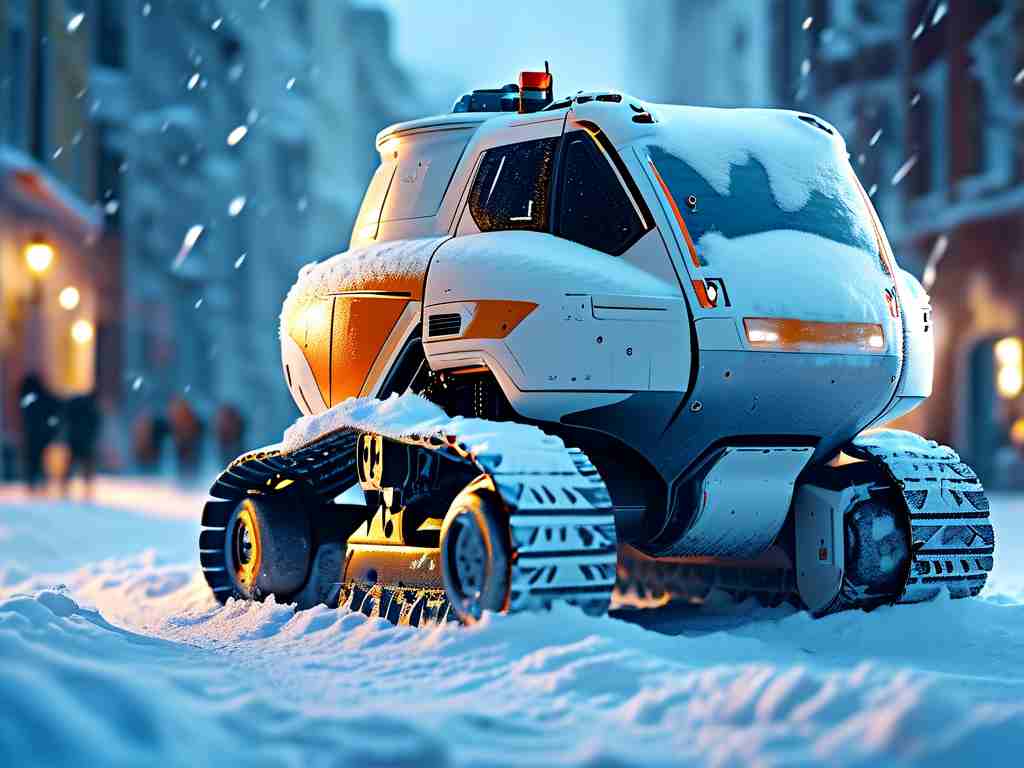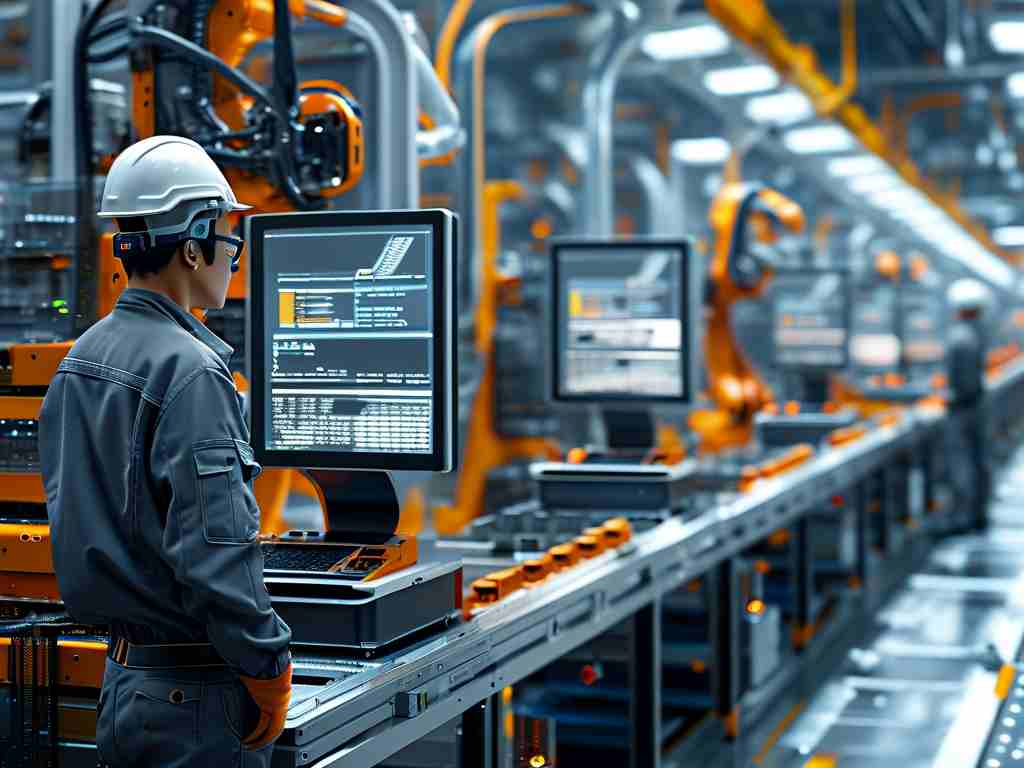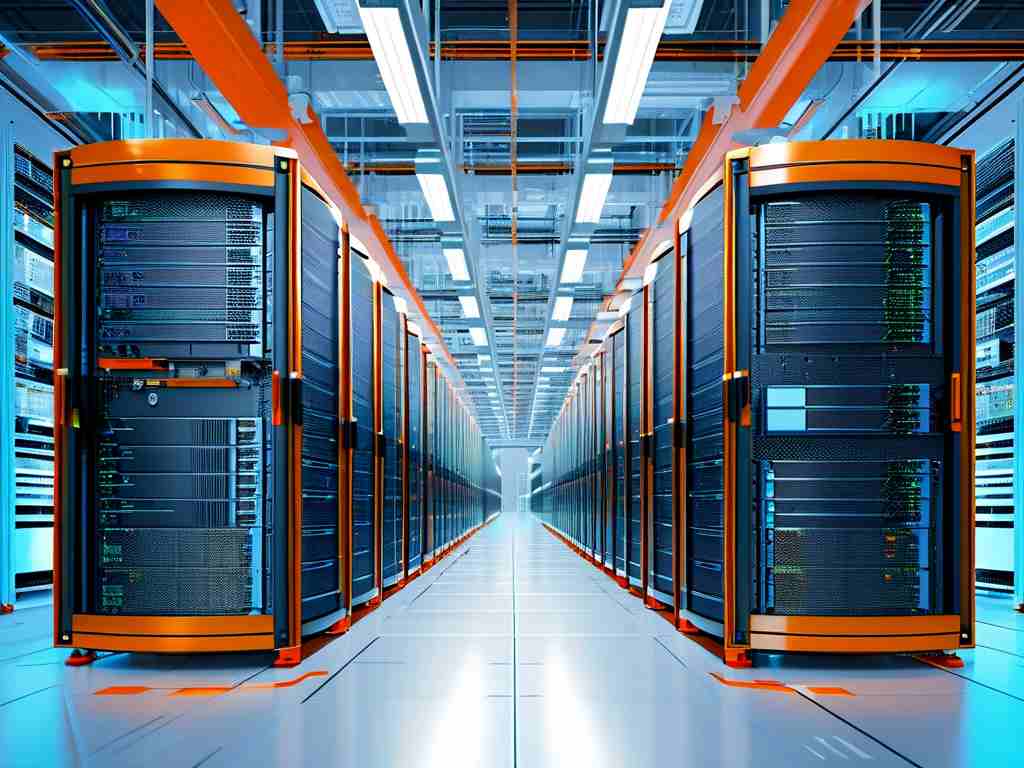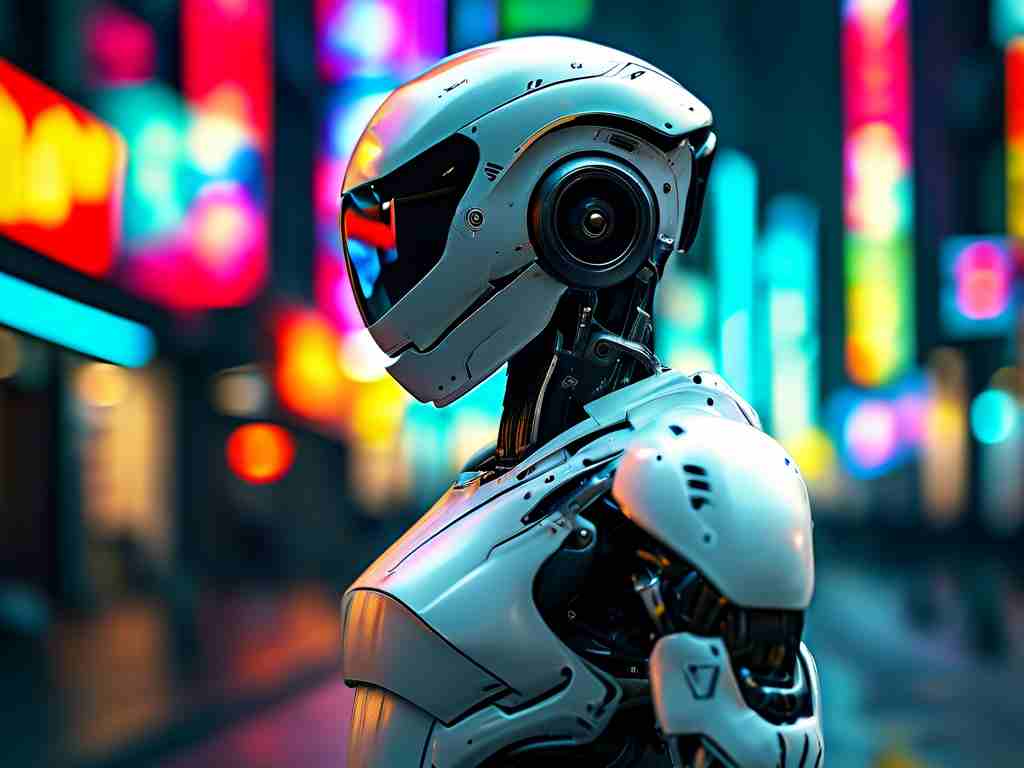Robotic food serving technology represents a groundbreaking shift in the hospitality industry, blending artificial intelligence with mechanical precision to transform how meals reach customers. This innovation, often seen in restaurants, hotels, and hospitals, relies on advanced sensors and navigation systems to deliver dishes safely and efficiently. As automation gains traction globally, understanding this technology's mechanics and implications becomes crucial for businesses aiming to enhance service quality while cutting costs.
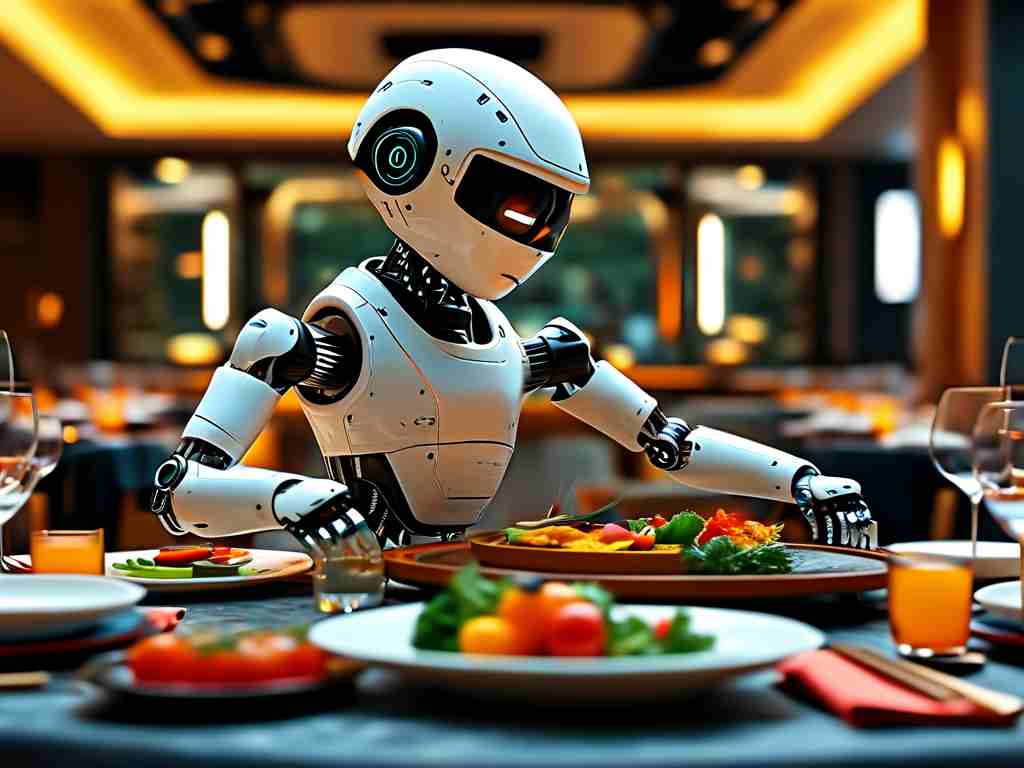
At its core, robotic food serving involves autonomous devices equipped with cameras, lidar sensors, and AI algorithms. These components work in unison: the cameras scan the environment for obstacles like chairs or people, lidar maps the surroundings in real-time, and AI processes this data to plot optimal paths. For instance, a robot might detect a crowded dining area and reroute to avoid collisions, ensuring smooth delivery. Modern models, such as those from Bear Robotics or Starship Technologies, incorporate machine learning to improve over time—learning from each trip to refine speed and accuracy. This not only reduces human error but also maintains hygiene standards, as robots minimize contact with food and surfaces, a key advantage in post-pandemic settings.
The applications of this technology extend beyond mere convenience. In busy urban eateries, robots handle repetitive tasks like ferrying orders from kitchen to table, freeing staff for customer interactions. Hospitals benefit from sterile deliveries to patient rooms, while airports use them for quick snack distribution. However, challenges persist, including high upfront costs for purchasing and maintaining robots, which can deter small businesses. Technical glitches, such as navigation failures in complex layouts, occasionally cause delays. Moreover, concerns about job displacement arise, as automation could reduce demand for human servers, though proponents argue it creates new roles in tech support and oversight.
Looking ahead, the future of robotic food serving is bright, with trends pointing toward smarter integration. Advances in AI will enable robots to handle diverse menus and adapt to dynamic environments, while IoT connectivity could sync with smart kitchens for seamless operations. Despite hurdles, the benefits—enhanced efficiency, cost savings, and improved safety—make this technology a worthwhile investment for forward-thinking establishments. Embracing such innovations promises to redefine dining experiences, fostering a more automated yet personalized service landscape.


